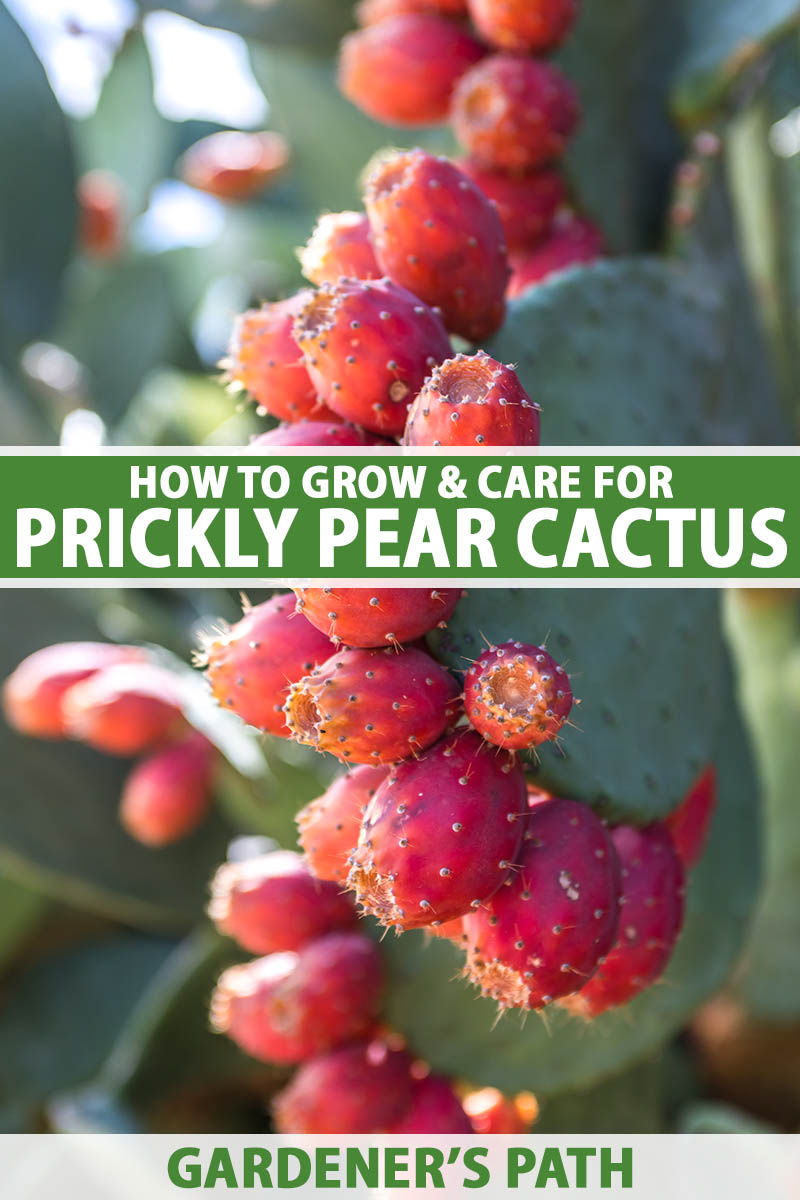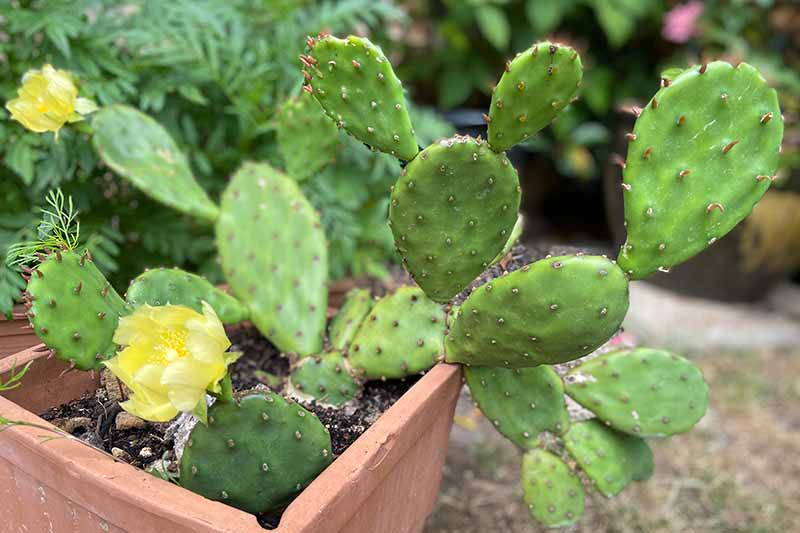Unlocking the Secrets of Prickly Pear Propagation
The prickly pear cactus, a low-maintenance and resilient succulent, has been a popular choice for gardeners and farmers alike. Its unique characteristics, such as its ability to thrive in harsh conditions and produce edible fruits, make it an ideal crop for those looking to grow their own food. By learning how to grow prickly pear, you can enjoy the many benefits of this versatile plant, from its delicious fruits to its ornamental value. With its adaptability to different environments and climates, the prickly pear cactus is an excellent choice for gardeners of all skill levels, from beginners to experts.
Choosing the Right Environment for Your Prickly Pear
When it comes to growing prickly pear cacti, the right environment is crucial for optimal growth and fruit production. Prickly pear cacti are native to the Americas and thrive in warm, dry climates with full sun to partial shade. To replicate these conditions in different regions, it’s essential to understand the ideal climate, soil, and lighting requirements for prickly pear. In general, prickly pear cacti prefer well-draining soil with a pH between 6.0 and 7.0, and can tolerate temperatures ranging from 40°F to 90°F (4°C to 32°C). By understanding these requirements, you can create an ideal environment for your prickly pear cactus, whether you’re growing it in a garden, greenhouse, or indoor container. By learning how to grow prickly pear in the right environment, you can enjoy a bountiful harvest of delicious fruits and a thriving, low-maintenance plant.
How to Plant and Care for Your Prickly Pear Pads
Once you’ve chosen the right environment for your prickly pear cactus, it’s time to plant and care for your prickly pear pads. To get started, select healthy pads with no signs of damage or disease. Prepare the soil by mixing in organic matter such as compost or well-rotted manure to improve drainage and fertility. Plant the pads in the soil, making sure the areoles (small, cushion-like structures) are buried and the pad is firmly secured. Water the soil gently but thoroughly, and then reduce watering to once a week to prevent overwatering. Fertilize your prickly pear pads during the growing season (spring and summer) with a balanced, water-soluble fertilizer. By following these steps and learning how to grow prickly pear, you can enjoy a thriving and productive prickly pear cactus.
The Art of Watering Your Prickly Pear Cactus
Watering is a crucial aspect of growing prickly pear cacti, and it’s essential to get it right to ensure healthy growth and fruit production. When learning how to grow prickly pear, it’s important to understand that these cacti are adapted to dry conditions and can survive with minimal watering. In fact, overwatering is one of the most common mistakes that can lead to root rot and other problems. To water your prickly pear cactus correctly, water it sparingly, allowing the soil to dry out completely between waterings. Watering once a week is usually sufficient, but this may vary depending on the climate and soil type. It’s also important to avoid getting water on the pads or stems to prevent rot and other diseases. By mastering the art of watering, you can enjoy a thriving and productive prickly pear cactus.
Fertilizing Your Prickly Pear for Optimal Growth
Fertilizing is an essential step in learning how to grow prickly pear cacti, as it provides the necessary nutrients for healthy growth and fruit production. Prickly pear cacti are heavy feeders and require regular fertilization to thrive. When choosing a fertilizer, consider using a balanced, water-soluble fertilizer that is specifically formulated for cacti and succulents. Organic options such as compost, manure, or fish emulsion can also be effective, but may require more frequent application. Apply fertilizer during the growing season (spring and summer) to promote healthy growth and fruiting. Avoid overfertilizing, as this can lead to weak growth and other problems. By fertilizing your prickly pear cactus correctly, you can enjoy a thriving and productive plant that will provide you with delicious fruits for years to come.
Pest and Disease Management for Healthy Prickly Pear Growth
When learning how to grow prickly pear, it’s essential to be aware of the common pests and diseases that can affect these cacti. By taking proactive measures to prevent and treat these issues, you can ensure healthy growth and maximize fruit production. Some common pests that can affect prickly pear cacti include cochineal insects, spider mites, and mealybugs. Regularly inspect your plants for signs of infestation, and use organic or chemical controls as needed to eliminate the problem. Diseases such as root rot, fungal infections, and bacterial diseases can also affect prickly pear cacti. To prevent these diseases, ensure good air circulation, avoid overwatering, and maintain a clean growing environment. If you do encounter disease issues, remove affected pads or stems, and treat the plant with a fungicide or bactericide. By being vigilant and taking prompt action, you can protect your prickly pear cactus from pests and diseases and enjoy a thriving and productive plant.
Pruning and Training Your Prickly Pear for Maximum Yield
Pruning and training are essential steps in learning how to grow prickly pear cacti, as they promote healthy growth, increase fruit production, and maintain a desirable shape. Prune your prickly pear cactus during the dormant season (winter) to remove any dead or damaged pads, and to encourage new growth. Use clean, sharp tools to prevent spreading disease, and make cuts at a 45-degree angle to promote healthy callus formation. Training your prickly pear cactus involves providing support and guidance to encourage a strong, upright growth habit. Use trellises or stakes to support the plant, and gently tie the pads to the support using soft twine or wire. Regular pruning and training will help your prickly pear cactus grow strong and healthy, producing an abundance of delicious fruits. By following these simple tips, you can enjoy a thriving and productive prickly pear cactus that will provide you with years of enjoyment.
Troubleshooting Common Issues with Prickly Pear Growth
When learning how to grow prickly pear, it’s essential to be aware of common issues that may arise and know how to overcome them. One common problem is slow growth, which can be caused by inadequate light, water, or nutrients. To address this, ensure your prickly pear cactus is receiving sufficient light, water it sparingly but thoroughly, and fertilize it regularly. Yellowing pads can be a sign of overwatering, so reduce watering frequency and ensure good drainage. Root rot, another common issue, can be prevented by avoiding overwatering and ensuring good air circulation. If you do encounter root rot, remove affected roots, and repot the cactus in fresh, well-draining soil. By being aware of these common issues and taking prompt action, you can overcome them and enjoy a thriving and productive prickly pear cactus. Remember, with proper care and attention, learning how to grow prickly pear can be a rewarding and fruitful experience.



:max_bytes(150000):strip_icc()/growing-prickly-pear-1402857-07-452219d54cea4c3c8d38688c5e9f1087.jpg)




